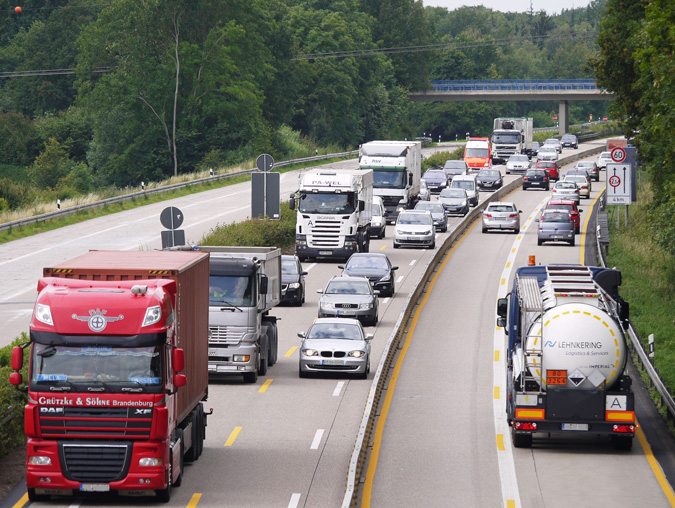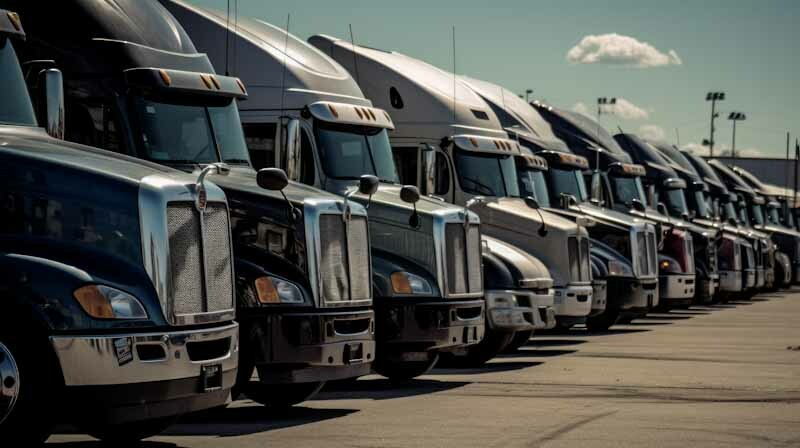6 things that will affect the trucking industry in 2017
Jan 26, 2017 in Regulations and road rules, Trucking IndustryThere are more than 3.5 million truckers at this very moment driving somewhere on the highways of America. As every other industry, the trucking one is also expected to face some changes in 2017. The factors that will affect drivers are tendencies that will also influence a lot of other businesses connected to the transportation field. Here are the top tendencies for this year that will shape the industry in the upcoming months.
1. The economy scenario
The economy is at a key point. Carriers experience financial difficulty at the moment. Experts are still concerned about the industrial recovery and how would it influence the trucking business. Truckers fear a recession, even a minor one, as it will drive carriers to bankruptcy. As a result, drivers will go for large carriers. Some will leave the industry in the search of a more profitable work which will lead to drivers shortage. The lack of truckers will lead to higher shipping costs as well.
2. Fuel prices
As diesel prices continue to skyrocket trucking companies remain highly pressured due to the fact fuel is one of the industry’s biggest expenses. Тhe U.S. Energy Information Administration keeps on recording climbing prices. Some truckers claim the jump is too small to affect their business while others worry such increase might encourage retailers, manufacturers and shippers to consider switching to rail.

©Pixabay
3. Infrastructure
When it comes to infrastructure drivers point out a few main issues that influence the industry - traffic increase, lack of parking and highways conditions. All this leads to productivity decreases. What is more, some fear that the ELD would worsen the parking problem as more drivers will be obliged to have more breaks.
As for highway funding, Trump administration has proposed big increases in infrastructure spending. However, it is still unclear if the Congress will support such suggestions.
4. Regulations
Quite a number of regulations create a certain tension in the field. Truckers will have to be prepared for regular checks such as tests for sleep apnea, drug and alcohol tests. Other rules like the speed limiter in certain states will force drivers to drive slower and as a result the reduction of miles traveled there will be a drop in the productivity.
In less than an year the ELD Mandate will be in full action unless Trumps decides to put a veto on this regulation. According to the law, all heavy-duty trucks (with a few exceptions) must use electronic logging devices (ELDs) to monitor their hours of service. This does not bother large carries as they have already been using this technologies but small and medium businesses find this quite controversial.
5. Drivers shortage VS high Demand
Experts claim that neither regulations, nor self-driving trucks affect the business as much as the lack of drivers. In contrast, the demand continues to rise. Consumer spending and manufacturing continues to pick up.
According to ATA 2015 driver shortage report and Vice, "The trucking industry will need to hire a total 890,000 new drivers in the next 10 years — or an average of 89,000 per year — to keep up with the demand". The gap will increase more until 2020. The reason for this is the fact more drivers retire than new ones fill in their spots. What is more, Bob Costello of the American Trucking Association stated that the organization found that, “88 percent of carriers said most applicants are not qualified.”. In order to cope with this situation, some propose higher wages, hiring veterans and using the new self-driving technologies.
6. Self-Driving Vehicles
Everyone is talking about the self-driving Uber truck named Otto and its first voyage with a ton of beer but what does this whole thing actually mean for the industry? According to experts, professional drivers don't really need to worry. Sean McNally, spokesperson for the American Trucking Association reassured that here is still a great number of duties that could be performed only by human hand. However, a lot of young drivers actually are looking forward to work with new technology. As for the older drivers, the innovators actually reassure them that self driving vehicles will bring more safety and efficiency. What is more, self-driving technology has already been introduced in the form of a forward looking radar, collision avoidance, and link departure warnings. Last but not least, self-driving vesicles advocates state that such technology will actually fight the driver's gap.



